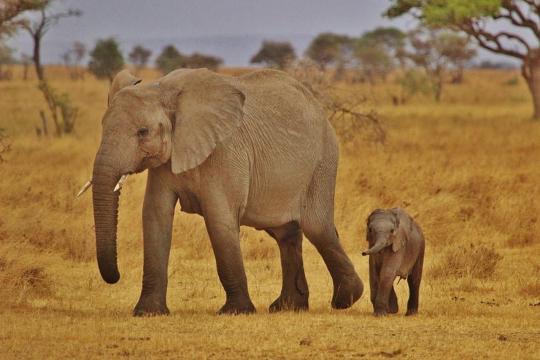Abstract
There is competition for land between Maasai pastoralists and the park agency in the Serengeti ecosystem. The park agency wants to use the land for wildlife conservation while the pastoralist community wants to use it for livestock grazing. Predatory wildlife kills livestock while herbivorous wildlife competes with livestock for water and grazing. In retaliation, the Maasai hunt predators and grazers to protect their livestock and also to supply the black market for wildlife products. With both the Maasai and animal populations growing, increased conflicts are inevitable. This paper develops a bioeconomic model with three animal species to analyse the optimal combination of pastoral activities and wildlife conservation in the Serengeti ecosystem. Using Pontryagin's maximum principle, the market problem for each agent is optimized and compared to the social planner's outcome. Results show that the market solutions are suboptimal because of negative externalities affecting both agents and inadequate regard to biodiversity conservation values. Mathematical simulations of the bioeconomic model are used to generate a solution in which the Maasai pastoralists and park agency can optimally share the land for their mutual benefit. The policy implication is that the government should establish an independent regulatory institution with a primary mandate of balancing the contested socioeconomic and ecological needs of stakeholders in prime ecosystems such as the Serengeti.


